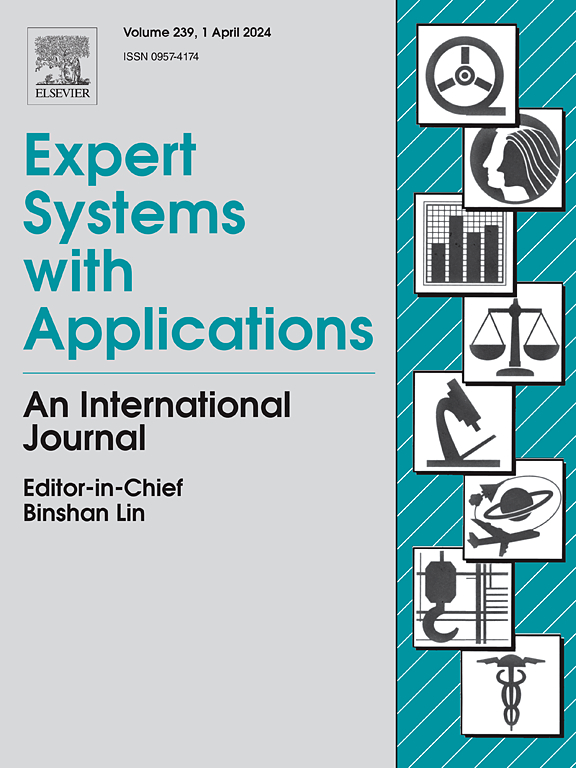虹膜生物识别保护模板分类
IF 7.5
1区 计算机科学
Q1 COMPUTER SCIENCE, ARTIFICIAL INTELLIGENCE
引用次数: 0
摘要
生物识别技术的广泛应用虽然给人们的日常生活带来了很多便利,但同时也带来了一些安全隐患。目前,许多经典的攻击方法都假定攻击者已经掌握了模板保护方案的所有细节。然而,在实际环境中,攻击者往往很难获得完整的系统信息。因此,本文提出了一种两阶段分类模型,可以有效地对模板保护方案进行分类。该模型采用两阶段分类策略,第一阶段重点对模板保护方案进行总体分类,第二阶段详细分析每个方案的具体实现细节及其相关参数设置。通过这种设计,即使攻击者对系统的具体细节没有充分的了解,模板保护方案仍然可以被有效的评估和攻击。进一步,本研究详细探讨了不同分类器在分类模型中的作用,以帮助选择最合适的分类器来提高模型的性能。我们比较了几种常见的分类器,并分析了它们在不同数据集上的性能。实验结果表明,深度学习模型(ResNet18和DenseNet)在所有数据集上都优于传统机器学习模型(LR、DT、RF、ADA),在多个测试集上F1分数稳定大于0.90,而传统机器学习模型的F1分数普遍较低。特别是在CASIA-IrisV3-Interval和CASIA-IrisV4-Lamp数据集上,DenseNet的F1得分达到了0.91-0.98,具有出色的泛化能力。此外,实验表明,即使模板保护方案的数据源不同,深度学习模型也能保持较高的分类精度(F1分数大多高于0.90),而一些传统模型(如ADA)的性能在不同的数据集上波动很大。这一结果表明,通过复杂的防护,攻击者可以利用深度学习模型强大的分类能力来有效地分析生物特征数据,从而为后续攻击步骤提供坚实的基础。本文章由计算机程序翻译,如有差异,请以英文原文为准。
Protected template classification for iris biometrics
Although the wide application of biometrics has brought much convenience to the daily lives of people, it has also resulted in several security risks. Currently, many classical attack methods assume that the attacker has mastered all details of the template protection scheme. However, in practical environments, attackers often find it difficult to obtain the complete system information. Therefore, this paper proposes a two-stage classification model that can effectively classify template protection schemes. The model adopts a two-stage classification strategy: the first stage focuses on the overall classification of template protection schemes, whereas the second stage analyses the specific implementation details of each scheme and its related parameter settings in detail. Through this design, template protection schemes can still be effectively evaluated and attacked, even if the attacker does not have a full understanding of the specific details of the system. Further, this study explores the role of different classifiers in classification models in detail to help select the most appropriate classifier for improving the performance of the model. We compare several common classifiers and analyse their performance on different datasets. The experimental results show that the deep learning models (ResNet18 and DenseNet) outperform traditional machine learning models (LR, DT, RF, ADA) on all the datasets, with stable F1 scores greater than 0.90 on several testing sets, whereas the F1 scores of traditional machine learning models are generally low. In particular, on the CASIA-IrisV3-Interval and CASIA-IrisV4-Lamp datasets, DenseNet achieves F1 scores of 0.91-0.98, showing excellent generalisation ability. Further, the experiments show that deep learning models maintain high classification accuracies (F1 scores mostly higher than 0.90) even when the data sources of the template protection schemes differ, whereas the performance of some traditional models (e.g., ADA) fluctuates greatly on different datasets. This result suggests that with sophisticated guards, attackers can leverage the powerful classification capabilities of deep learning models to effectively analyse biometric data, thus providing a solid foundation for subsequent attack steps.
求助全文
通过发布文献求助,成功后即可免费获取论文全文。
去求助
来源期刊

Expert Systems with Applications
工程技术-工程:电子与电气
CiteScore
13.80
自引率
10.60%
发文量
2045
审稿时长
8.7 months
期刊介绍:
Expert Systems With Applications is an international journal dedicated to the exchange of information on expert and intelligent systems used globally in industry, government, and universities. The journal emphasizes original papers covering the design, development, testing, implementation, and management of these systems, offering practical guidelines. It spans various sectors such as finance, engineering, marketing, law, project management, information management, medicine, and more. The journal also welcomes papers on multi-agent systems, knowledge management, neural networks, knowledge discovery, data mining, and other related areas, excluding applications to military/defense systems.
 求助内容:
求助内容: 应助结果提醒方式:
应助结果提醒方式:


